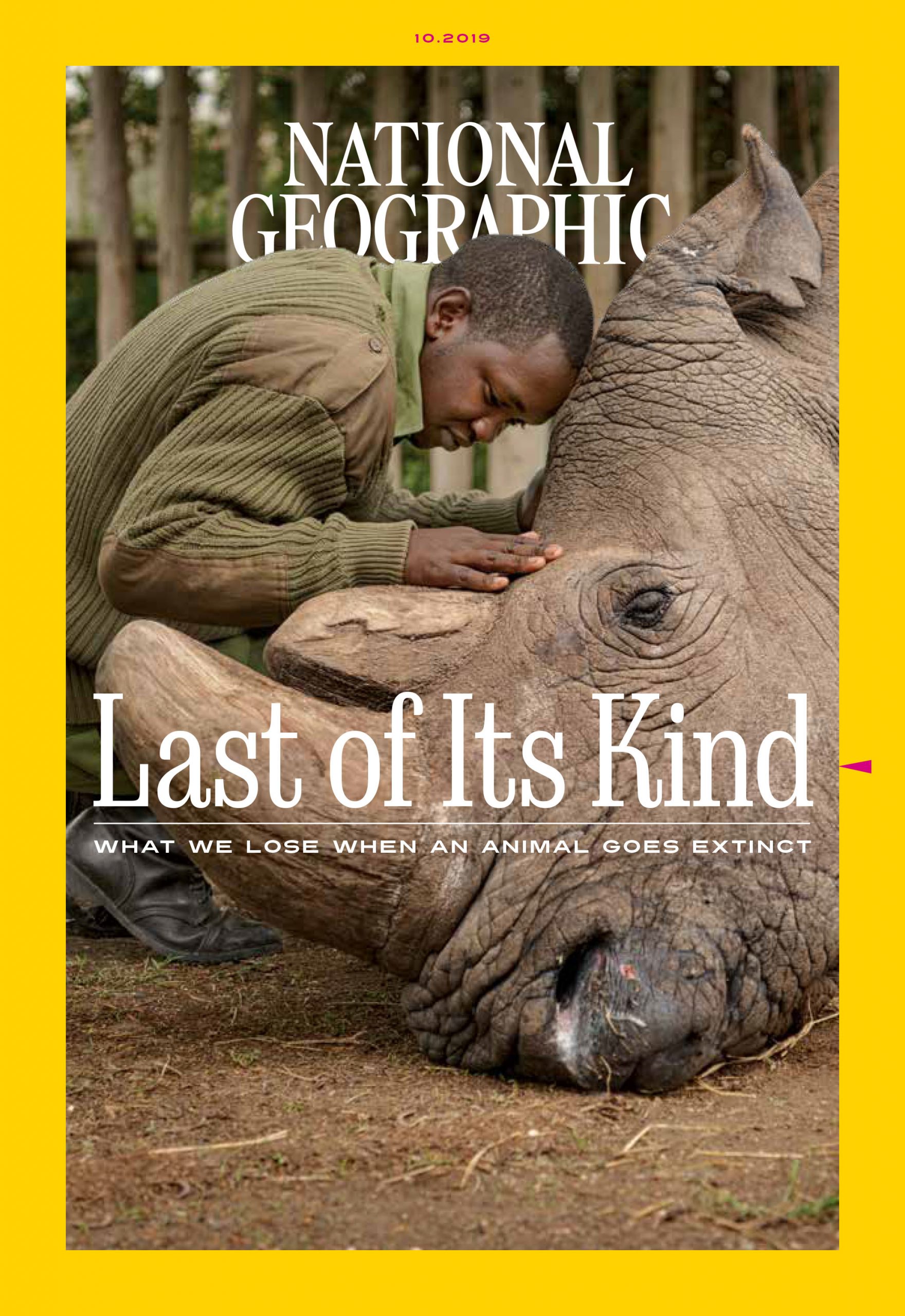
Look for the October issue online now and on print newsstands Sept. 24
VANISHING
By Elizabeth Kolbert, photos by Joel Sartore
- WHAT WE LOSE WHEN ANIMALS GO EXTINCT: Joel Sartore has been photographing animals for his Photo Ark project for 13 years, with the goal of photographing all species living in zoos and wildlife sanctuaries around the globe in order to inspire action to save wildlife. In an increasing number of cases, animals housed in zoos or special breeding facilities are among the last remaining members of their species; in some instances, they are the only members. This feature explores the mission of National Geographic photographer Joel Sartore and his Photo Ark project.
Joel Sartore’s book The Photo Ark Vanishing: The World’s Most Vulnerable Animals is available in bookstores and online now.
- AVAILABLE:
- Interviews with National Geographic photographer Joel Sartore
- Striking images of species that are disappearing at an alarming rate
- Interviews with Pulitzer Prize-winning author Elizabeth Kolbert
SURVIVING, DESPITE US
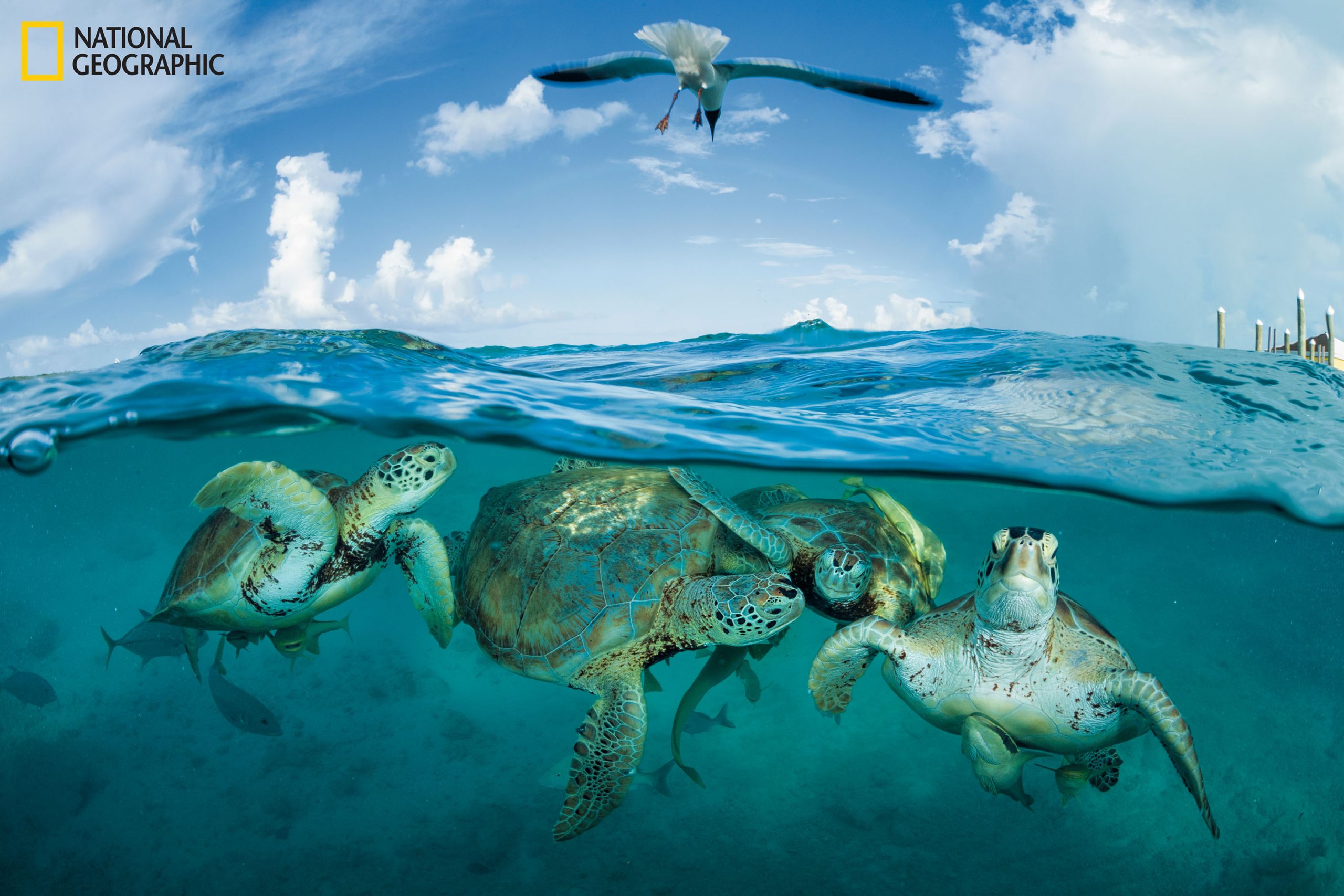
By Craig Welch, photos by Thomas P. Peschak
- SAVING THE TURTLES: Sea turtle conservation has seen great successes in recent years; however the total global population of hawksbills turtles has declined by as much as 85%, and the number of nesting Kemp’s ridley sea turtles at Rancho Nuevo, Mexico, has shrunk from 150,000 in the 1940s to just 14,000 in 2015. We are at a global tipping point for sea turtle conservation. This feature highlights the threats faced by the most endangered sea turtles and can inspire more strategic conservation measures.
- AVAILABLE:
- Interviews with author Craig Welch
- Photographs of sea turtles by photographer Thomas P. Peschak
GIRAFFES
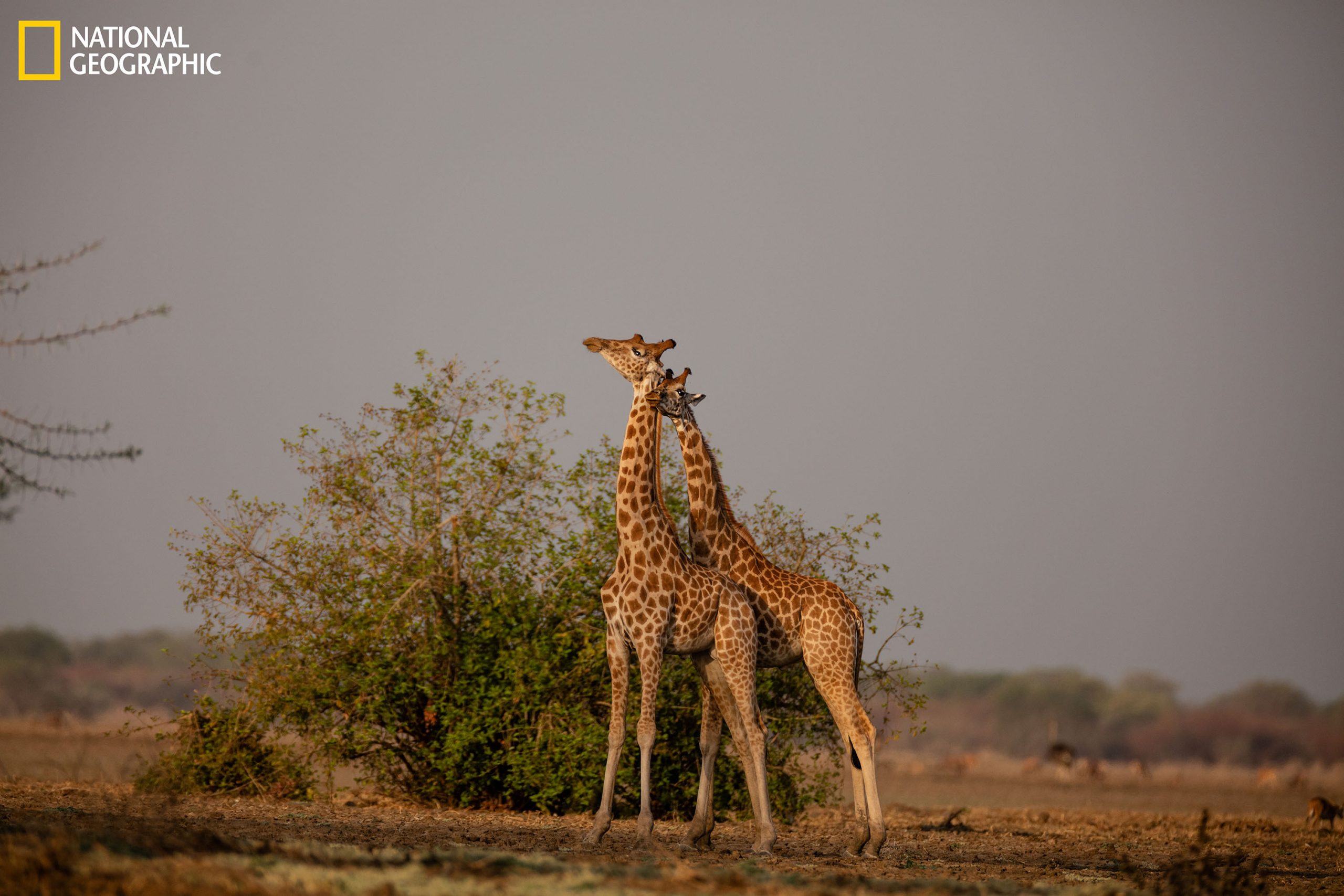
By Joshua Foer, photos by Ami Vitale
- MYSTERIOUS GIANTS: Nothing better highlights the horizons of the savanna than the giraffe, a creature of extremes, reaching for the sky while needing huge swaths of earth to sustain itself. It is an animal that is rarely reported on, and rarely considered when talking about conservation concerns on the African savanna. This feature follows veterinarian Pete Morkel and his team as they attempt to capture and relocate 8 giraffes to be founders of a new population of one of the rarest wild animals in the world.
- AVAILABLE:
- Images of giraffes on the African savannah
- Interviews with award winning photographer Amy Vitale and journalist Joshua Foer
- Interviews with veterinarians Pete Morkel and founder of Giraffe Conservation Fund, Julian Fennessy
- Graphics detailing differences in giraffe species, and giraffe anatomy
THE DINOSAUR IN THE ROOM
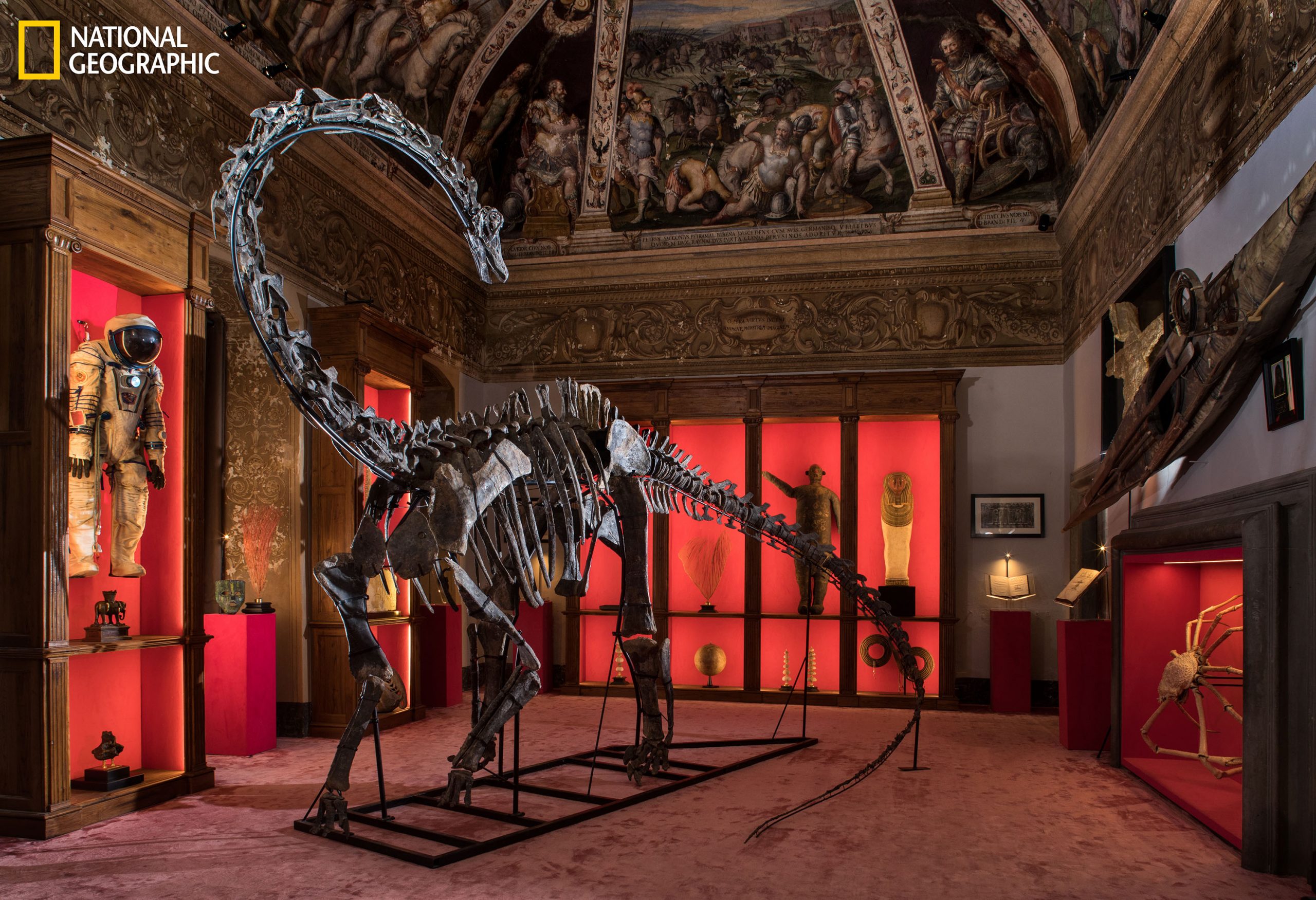
Story by Richard Conniff, photos by Gabriele Galimberti and Juri de Luca
- DINOSAURS FOR SALE: Pricey dinosaur fossils have become coveted collectors’ items and chic status symbols among the world’s wealthiest people. The trend has created a booming market for specialists who excavate, prepare, and sell prize specimens, and cracked open a schism between those who sell fossils as merchandise and those who regard them as scientific data. This feature explores the contrast between the fossil suppliers–mostly dusty, down-to- earth types in the American West–and their high-flying international clientele promises to be one of the story’s most intriguing aspects
- AVAILABLE:
- Images of private and public fossil collections
- Interviews with photographers Gabriele Galimberti and Juri de Luca
THE FISH BUNKER
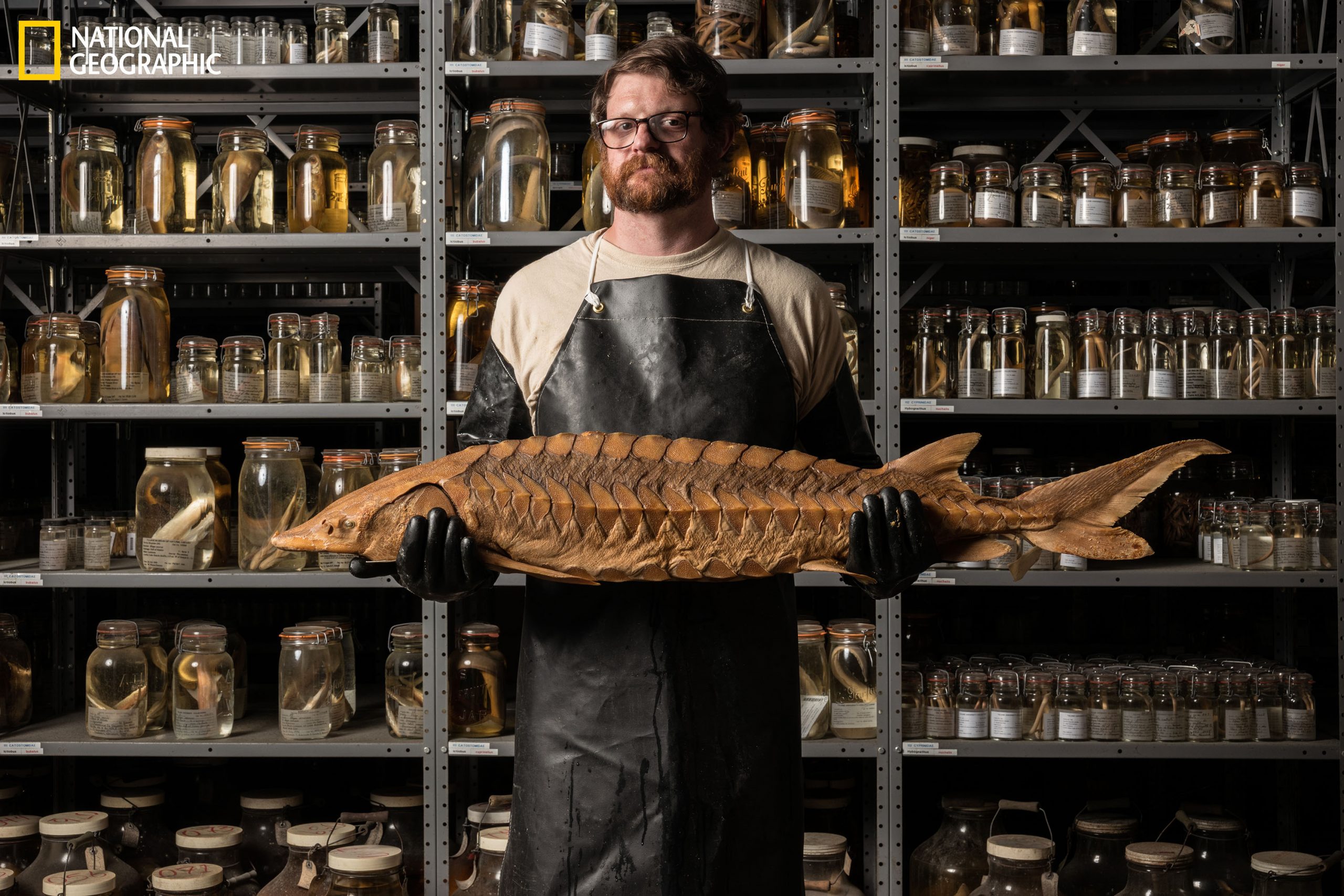
By Richard Conniff, photos by Craig Butler
- COLLECTION OF FISH: The Royal D. Suttkus Fish Collection, the largest collection of preserved fish in the world, is in New Orleans — and almost no one knows it exists. Deep within a pair of World War II ammunition bunkers nestled in a swamp along the Mississippi River, more than 7 million specimens sit neatly on floor-to- ceiling, sea-green shelves. Some items in the collection are quite small—extinct fish sitting preserved in thousands of glass jars adorned with cursive script from the 1950s. Other specimens are as large as human corpses, petrified like taxidermy. This feature explores the collection and what it tells us about the human impact on aquatic ecosystems over time.
- AVAILABLE:
- Images of the Royal D. Suttkus Fish Collection
- Interviews with journalist Richard Conniff and photographer Craig Butler
MEDIA CONTACTS
Anna Kukelhaus Dynan, Anna.Kukelhaus@natgeo.com, 202-912-6724
Kelsey Taylor, Kelsey.Taylor@natgeo.com, 202-912-6776